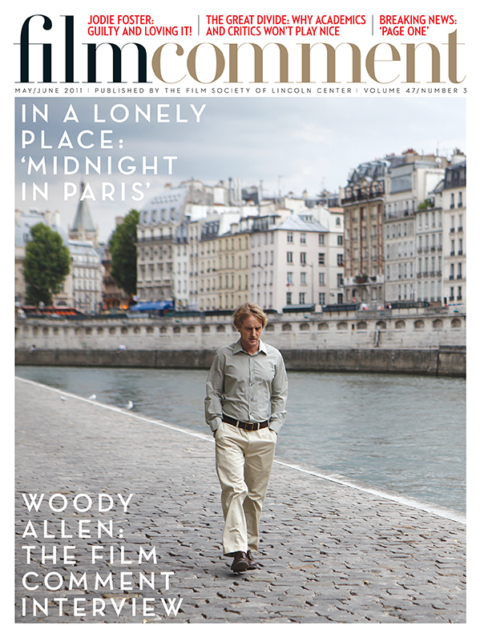
Takashi Miike’s 13 Assassins is bound to be regarded by some as its director’s most mature film to date—mistakenly so. It’s true that particularly in its truncated, “international” form—i.e. the version prepared for export by the film’s producers and released on American screens—13 Assassins is notably consistent in tone, with only occasional doses of humor that are provided for the most part by the film’s only non-samurai character, raucous mountain man Koyata (Yusuke Iseya), who is this film’s equivalent of the Toshiro Mifune character in Seven Samurai.
It’s also true that 13 Assassins fits a common set image of “great Japanese cinema,” one derived largely from the aforementioned Kurosawa opus. Its story revolves around a group of swordsmen, led by shogunate retainer Shinzaemon (Koji Yakusho), as they carry out orders to kill the Shogun’s unhinged half-brother Lord Naritsugu (Goro Inagaki), who is apt to amuse himself by raping and murdering his underlings, but whom hierarchy designates as a future member of the Shogun’s inner circle of advisors.
To be sure, 13 Assassins culminates in a riveting, ingeniously plotted, and inventively shot 45-minute battle scene that few contemporary Japanese directors besides Miike could pull off, either logistically or artistically. Where the original 1963 Eiichi Kudo film by the same name is often considered a transitional work toward the similar but better The Great Killing, the accomplishment that 13 Assassins represents within Miike’s oeuvre is evident in the scale, the performances, and the director’s ability to curtail his trademark scatological humor.

However, to measure its true weight, one must compare 13 Assassins to Ichi the Killer (01), against which it comes up short. Both films investigate the diverse uses and impacts of screen violence: 13 Assassins veers from enraging to harrowing to funny to exciting, and evokes memories of popular cinema as well as of concentration camps (in the shot of an emaciated, limbless, speechless young woman). But unlike the torrent of inner conflict provoked by Ichi the Killer, whose elliptical, enigmatic structure left plenty of room for audience involvement, the linear and more dramaturgically sound 13 Assassins (from a script by Audition scribe Daisuke Tengan) leaves its audience primarily with a sense of awe for an epic film.
This holds true particularly for the shorter version on release and under review here, which lacks resonance due to the excision of two crucial scenes that go a long way toward rounding out the personalities of the eponymous 13. Both these scenes feature sexual shenanigans and some of the aforementioned scatology, devices which Miike has used to great effect in defining characters in earlier films (as in 2001’s Agitator, which also suffered the fate of an international cut and subsequently went—oh, the irony—unreleased internationally). As a result, many of the 13 assassins are reduced to roles akin to the red-shirted crew members on an episode of Star Trek. Their characters remain undefined so that their deaths rarely hit home as they should (and do in the full-length cut). Thus, the examination of screen violence is sabotaged. Why does such a fate befall a work by one of the most fascinating filmmakers working today? One wishes Hollywood would more often resort to truncating its exports. Why are there no “international versions” of Sucker Punch or Scream 4? Oh, wait, there are. They’re called trailers.








